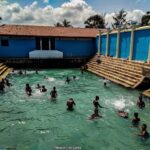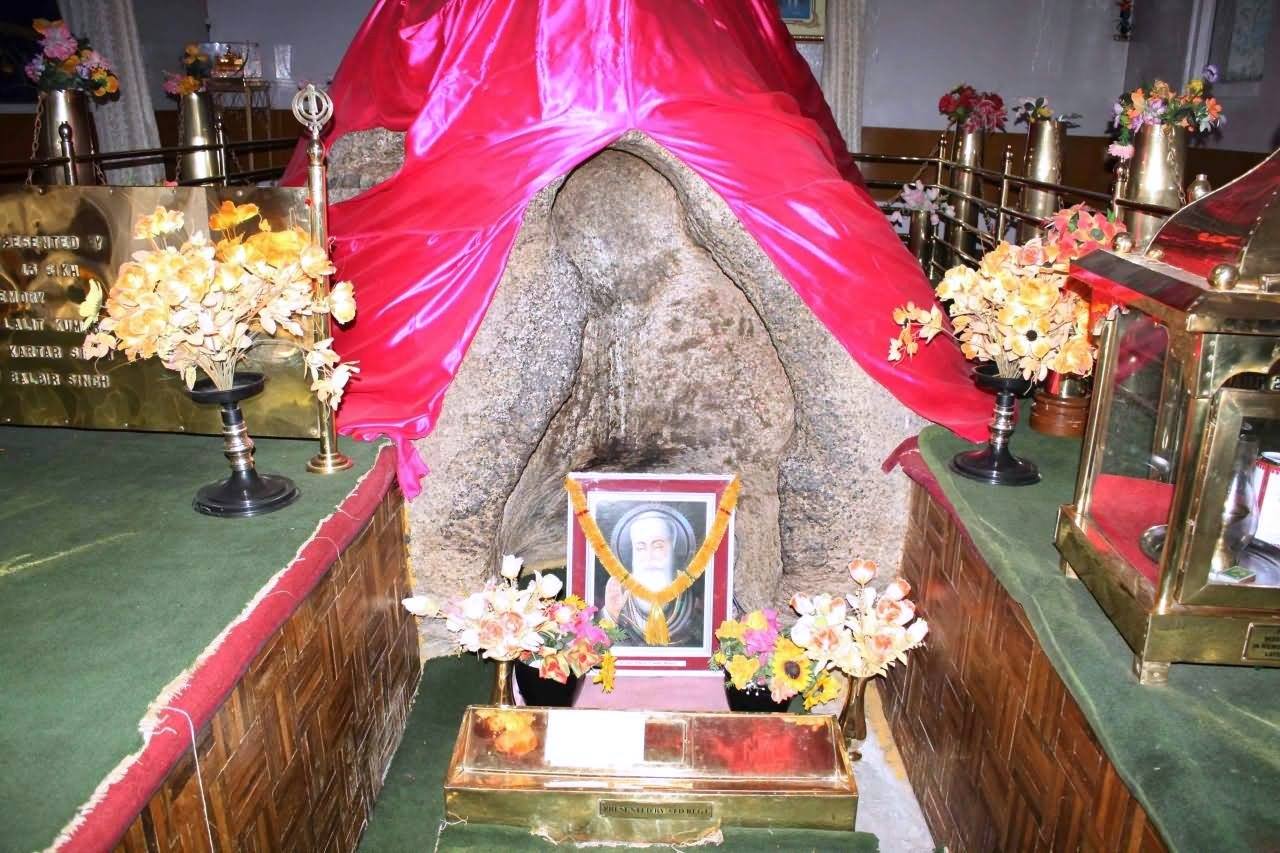
Pathar Sahib Gurudwara, Ladakh: A great tribute to Guru Nanak
Pathar Sahib Gurudwara is a Sikh place of worship located in Leh, Ladakh, India. It is also known as Gurudwara Patthar Sahib, is a significant Sikh shrine located in Ladakh, India. It is situated near Leh, the capital city of Ladakh, at an altitude of about 10,500 feet above sea level. This Gurudwara holds great importance for Sikhs and tourists alike due to its historical and spiritual significance. Here are some key details about this important Sikh shrine:
Jump to
1. Location of Pathar Sahib Gurudwara:
The Pathar Sahib Gurudwara is situated along the Leh-Kargil-Srinagar highway, about 25 km from Leh town.
2. History:
The gurudwara is believed to have been established in the 15th century, during the time of Guru Nanak Dev, the first Sikh Guru. According to legend, Guru Nanak visited this site and left his handprint imprinted on a stone, which is now enshrined within the gurudwara.
For the TLOW backpacking experience click on this link
The Gurudwara was built in the memory of the 1st Sikh Guru, Guru Nanak Dev Ji, who visited Ladakh during his Udasi (spiritual journey) in the 15th century. According to local legends, Guru Nanak Dev Ji was passing through this region when he came across a local Muslim ruler who was unable to have children. The ruler sought the Guru’s blessings for a child. Moved by the ruler’s devotion, Guru Nanak Dev Ji blessed him with a child.
However, the ruler did not believe that the Guru could perform such a miracle. To prove his divine powers, Guru Nanak Dev Ji wrote the name of the ruler’s future child on a rock (Patthar) with his finger. When the child was born, the name written on the rock matched the child’s name, confirming the Guru’s divine powers.
3. Significance:
The Pathar Sahib Gurudwara holds great significance for Sikhs as it is associated with the visit of Guru Nanak. The stone bearing his handprint is considered a sacred relic and a symbol of the Guru’s divine presence.
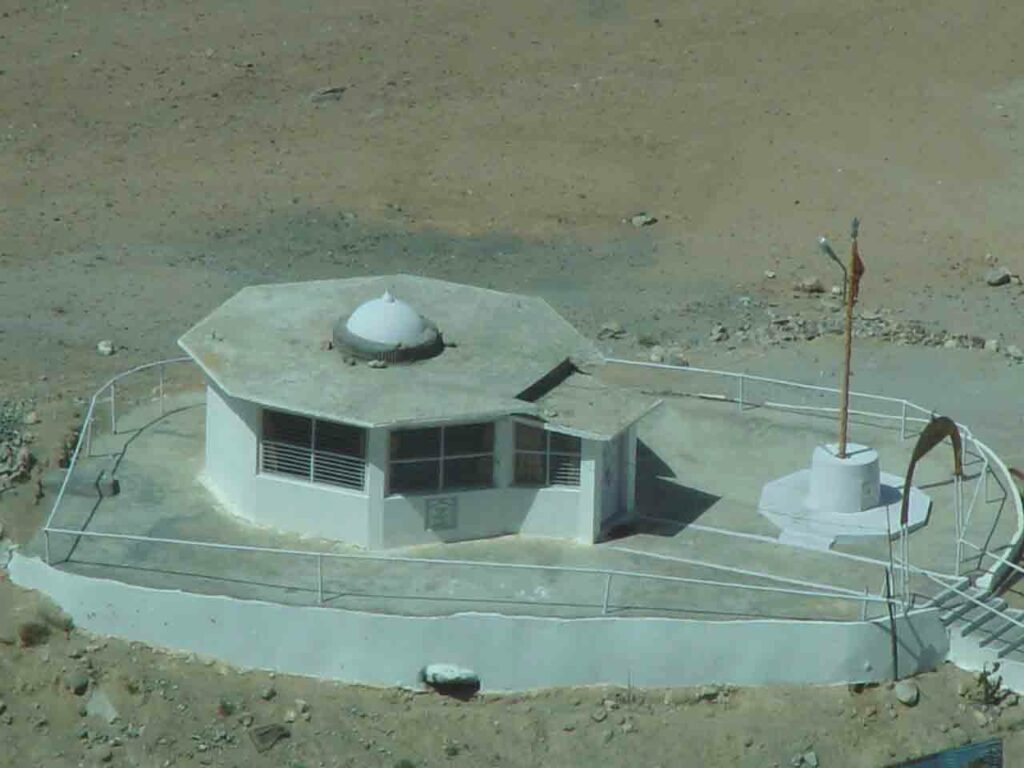
4. Architecture:
The gurudwara has a simple yet elegant design, reflecting the Ladakhi architectural style. It features a white marble structure with a gold-plated dome and a traditional Sikh flag (Nishan Sahib) fluttering atop.
The Gurudwara has a unique architectural style, blending elements of Sikh and Tibetan Buddhist designs. The main prayer hall (Sangat Sahib) is built around the rock (Patthar) on which Guru Nanak Dev Ji wrote the name of the ruler’s child. The Gurudwara also houses a museum displaying artifacts related to Guru Nanak Dev Ji’s visit to Ladakh, along with a library containing books on Sikh history and religion.
5. Pilgrim Site:
The Pathar Sahib Gurudwara is an important pilgrimage site for Sikhs visiting Ladakh. Devotees come here to pay their respects and seek the blessings of Guru Nanak.
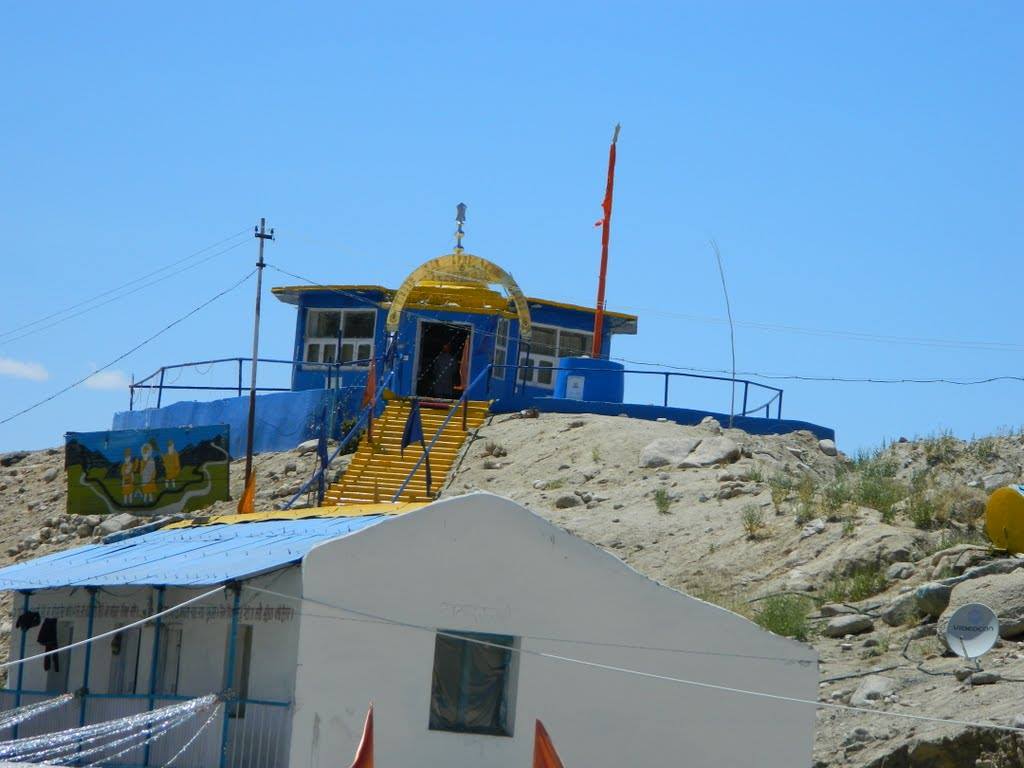
6. Unique Location:
The gurudwara’s location amidst the breathtaking Himalayan landscapes adds to its visual appeal and spiritual significance for visitors.
Visitors, regardless of their religious beliefs, are welcome at the Gurudwara. The Gurudwara offers free accommodation and meals to travelers, reflecting the Sikh principle of “Langar,” or community kitchen, where food is served without any discrimination. The Gurudwara is open throughout the year, and it is advisable to check the timings for the morning prayers and community meals.
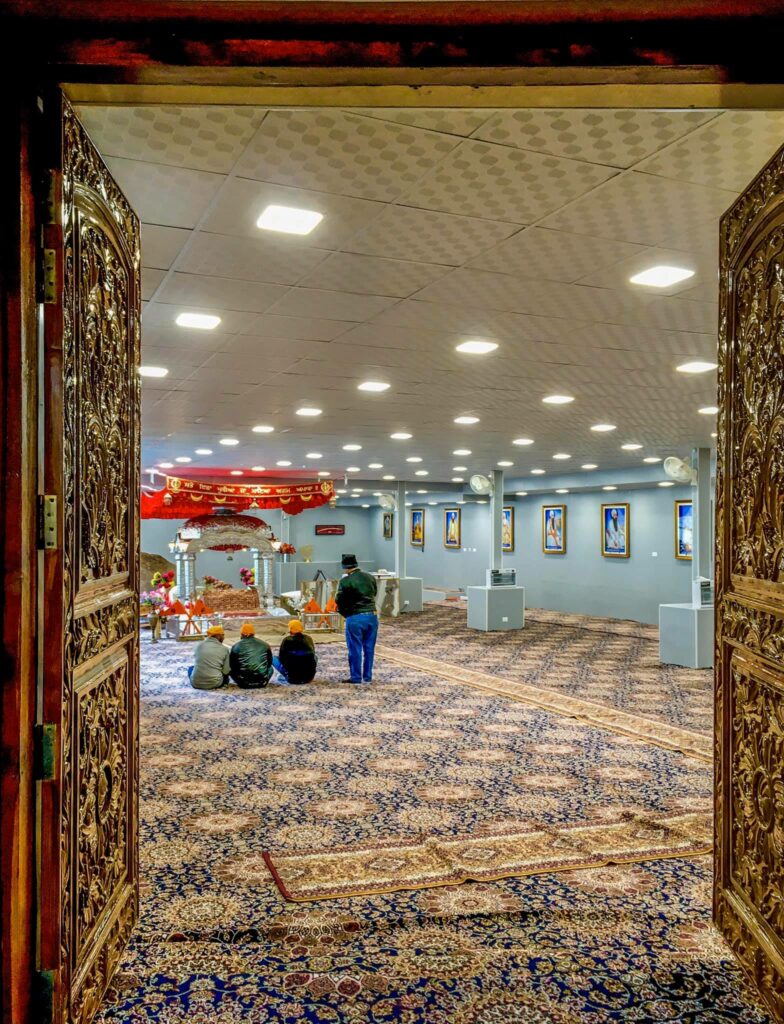
The Pathar Sahib Gurudwara is a testament to the rich cultural and religious heritage of Ladakh, and it continues to be a significant destination for Sikh pilgrims and travelers exploring the region.
It serves as a symbol of religious harmony and unity, drawing devotees and tourists from around the world. It also stands as a testament to Guru Nanak Dev Ji’s teachings of universal brotherhood and peace.





